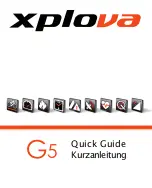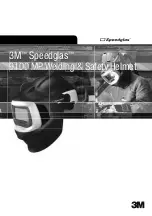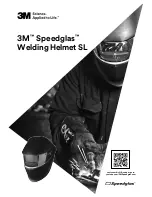
Art. No. DS 4092 TS
4.2.4.1.4 Push-button function value transmitter
If the function is set to the function "1-byte value transmitter" or "2-byte value transmitter" the
ETS indicates a corresponding object. On the press of a button, the configured value or the
value last stored internally by a value change (see below) will be transmitted to the bus.
Value ranges
The "Function" parameter determines the value range used by the push-button. As a 1-byte
value transmitter, the device can optionally transmit integers from 0 … 255 or relative values
within a range of 0 … 100 % (e.g. as dimming value transmitter). As a 2-byte value transmitter,
the device optionally transmits integers from 0 … 65535, temperature values within a range of
0 … 40 °C or brightness values from 0 … 1500 lux. The value that can be transmitted to the bus
by an actuation of a button can be configured for each of these ranges.
Adjustment by means of long button-press
If the value adjustment feature has been enabled in the ETS, the push-button must be kept
pressed for more than five seconds in order to vary the current value of the value transmitter.
The value adjustment function continues to be active until the button is released again. In a
value adjustment, the device distinguishes between the following options...
-
The "Starting value in case of value adjustment" parameter defines the original starting
value for the adjustment. Adjustment can begin from the value configured in the ETS, from
the final value of the last adjustment cycle or from the current value of the communication
object, with the last option not being available for the temperature and brightness value
transmitter.
-
The parameter "Direction of value adjustment" defines whether the values will always be
increased ("upwards"), always reduced ("downwards") or alternately increased and
reduced ("toggling").
-
For the value transmitters 0 … 255, 0 … 100 % and 0 … 65535, the "step width" by which
the current value is to be changed during the value adjustment can be specified. In case of
the temperature and the brightness value transmitter, the step width specifications (1 °C
and 50 lux) are fixed.
-
The parameter "Time between two telegrams" can be used in connection with the step
width to define the time required to cycle through the full respective value range. This value
defines the time span between two value transmissions.
-
If, during the value adjustment, the device detects that the preset step width would have to
exceed the limits with the next telegram, the device adapts the step width once in such a
way that the corresponding limit value is transmitted together with the last telegram.
Depending on the setting of the parameter "Value adjustment with overflow ?" the device
stops the adjustment at this point or inserts a pause consisting of two levels and then
continues the adjustment beginning with the other limit value.
Function
Limit value lower
Limit value upper
1-byte value transmitter
0...255
0
255
1-byte value transmitter
0...100 %
0 % (value = 0)
100 % (value = 255)
2-byte value transmitter
0...65535
0
65535
2-byte value transmitter
Temperature value
0 °C
40 °C
2-byte value transmitter
Brightness value
0 lux
1.500 lux
Value range limits for the different value transmitters
i
During a value adjustment, the newly adjusted values are only in the volatile RAM memory
of the extension module. Therefore, the stored values are replaced by the preset values
programmed in the ETS when a reset occurs (bus voltage failure or ETS programming).
Page 42 of 143
Software "Rotary sensor with extensions 10FE1x"
Functional description
















































